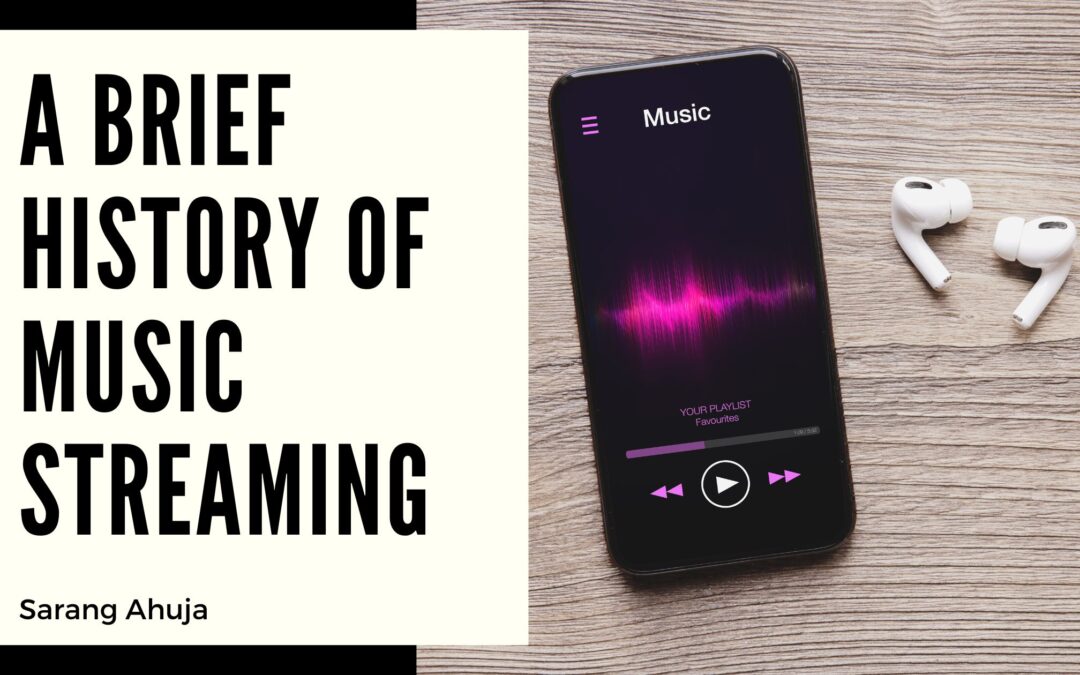The history of music streaming is a journey of technological advancements, changing consumer behaviors, and the music industry’s evolution. Music streaming has revolutionized how people access and consume music, providing users with instant access to vast catalogs of songs on demand.
Let’s take a brief look at the key milestones in the history of music streaming:
Early Digital Music Services:
Digital music distribution began in the 1990s with services like Napster and MP3.com. These platforms allowed users to share and download music files for free, leading to a surge in online music piracy. While these services faced legal challenges due to copyright infringement, they laid the groundwork for the future of digital music consumption.
Launch of Legal Music Download Stores:
Legal music download stores emerged as the music industry grappled with piracy concerns. Apple’s iTunes Store, launched in 2003, significantly popularized paid digital music downloads.
Introduction of Music Streaming Services:
The rise of high-speed internet and advancements in streaming technology paved the way for music streaming services. One of the first significant streaming platforms was Rhapsody, launched in 2001.
Spotify’s Breakthrough:
Spotify, founded in Sweden in 2006, became a game-changer in the music streaming industry. Launched to the public in 2008, Spotify offered free ad-supported streaming and premium subscription options.
Growth of Streaming Subscribers:
In the following years, music streaming gained momentum, with other major players entering the market. Services like Apple Music (2015), Amazon Music (2016), and Tidal (2015) offered tough competition to Spotify.
Impact on Music Industry Revenue:
Music streaming became the primary source of revenue for the music industry. By 2018, streaming services accounted for more than 50% of global recorded music revenue.
Expansion of Streaming Platforms:
Streaming platforms expanded their offerings to include podcasts and original content, diversifying their services and attracting new users. Podcasts became increasingly popular on platforms like Spotify and Apple Music, leading to more exclusive podcast deals and original programming.
Impact on Artists and Royalties:
While music streaming brought about a revival in the music industry, it also sparked debates about artist compensation. Some artists and musicians criticized the low royalty rates paid by streaming platforms, arguing that it was difficult to earn a living solely from streaming revenue.
Rise of Music Video Streaming:
In addition to audio streaming, music video streaming also gained prominence. Initially a platform for user-generated videos, YouTube became a significant music video streaming platform.
Global Dominance of Music Streaming:
Music streaming has become a global phenomenon, with millions of users accessing music on streaming platforms worldwide. The convenience and accessibility of streaming services have reshaped how people engage with music, making it an integral part of modern life.
The history of music streaming reflects the dynamic nature of the music industry and technological advancements. From the early days of digital downloads and illegal file-sharing to the emergence of legal streaming services, music streaming has redefined how people consume and interact with music. As technology continues to evolve, music streaming will likely remain a dominant force in the music industry, shaping how we experience and enjoy music for years to come.

